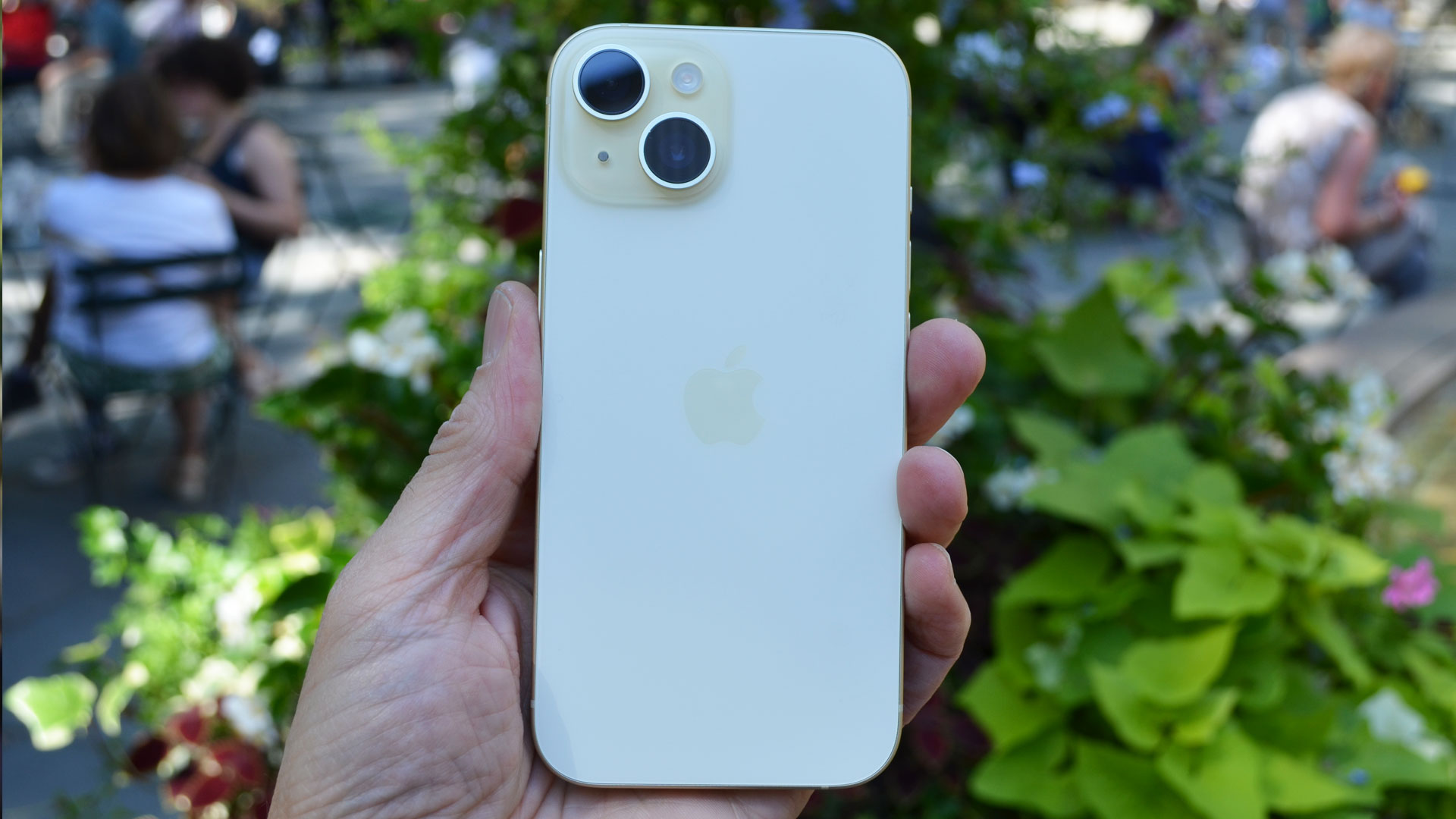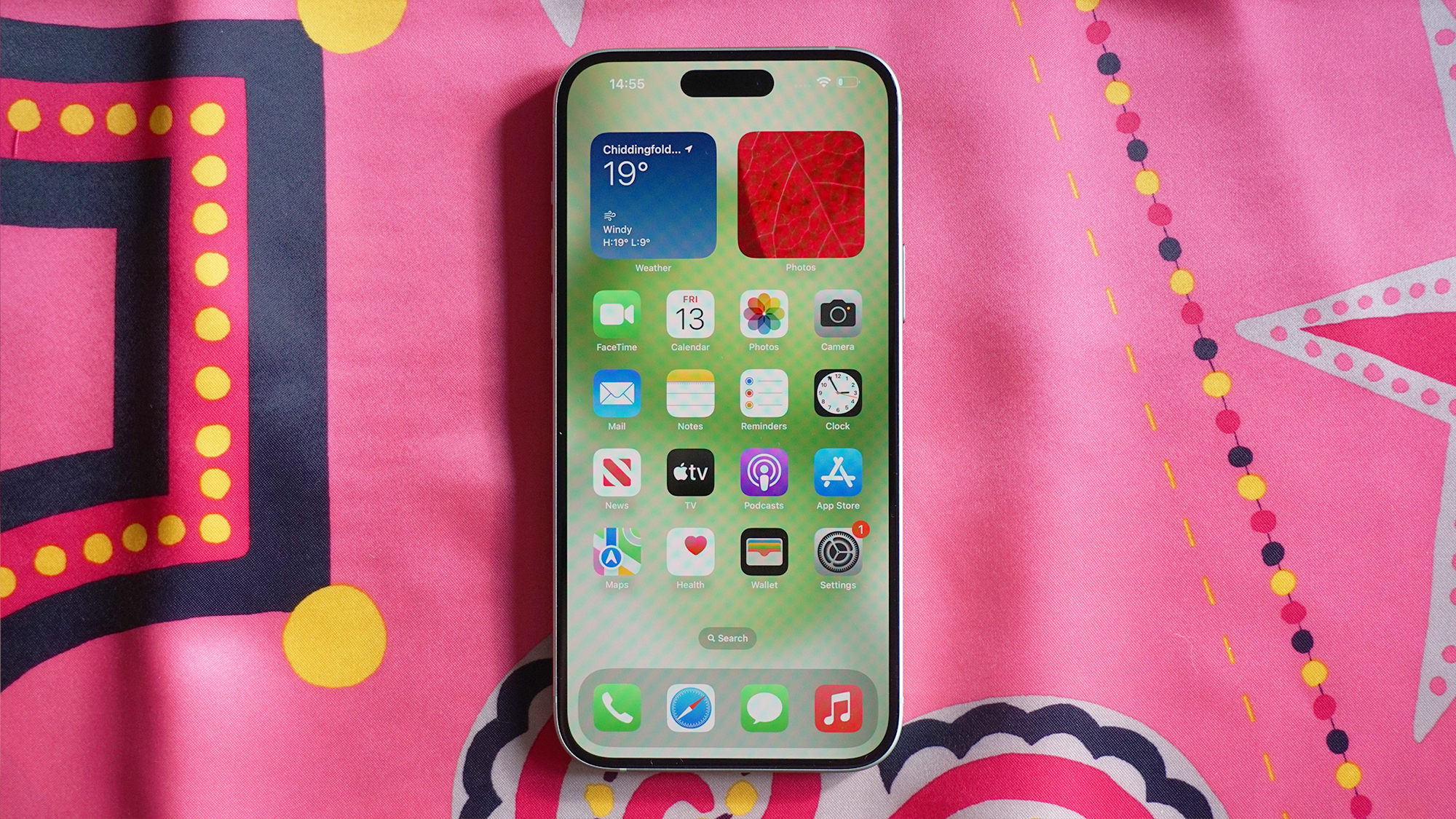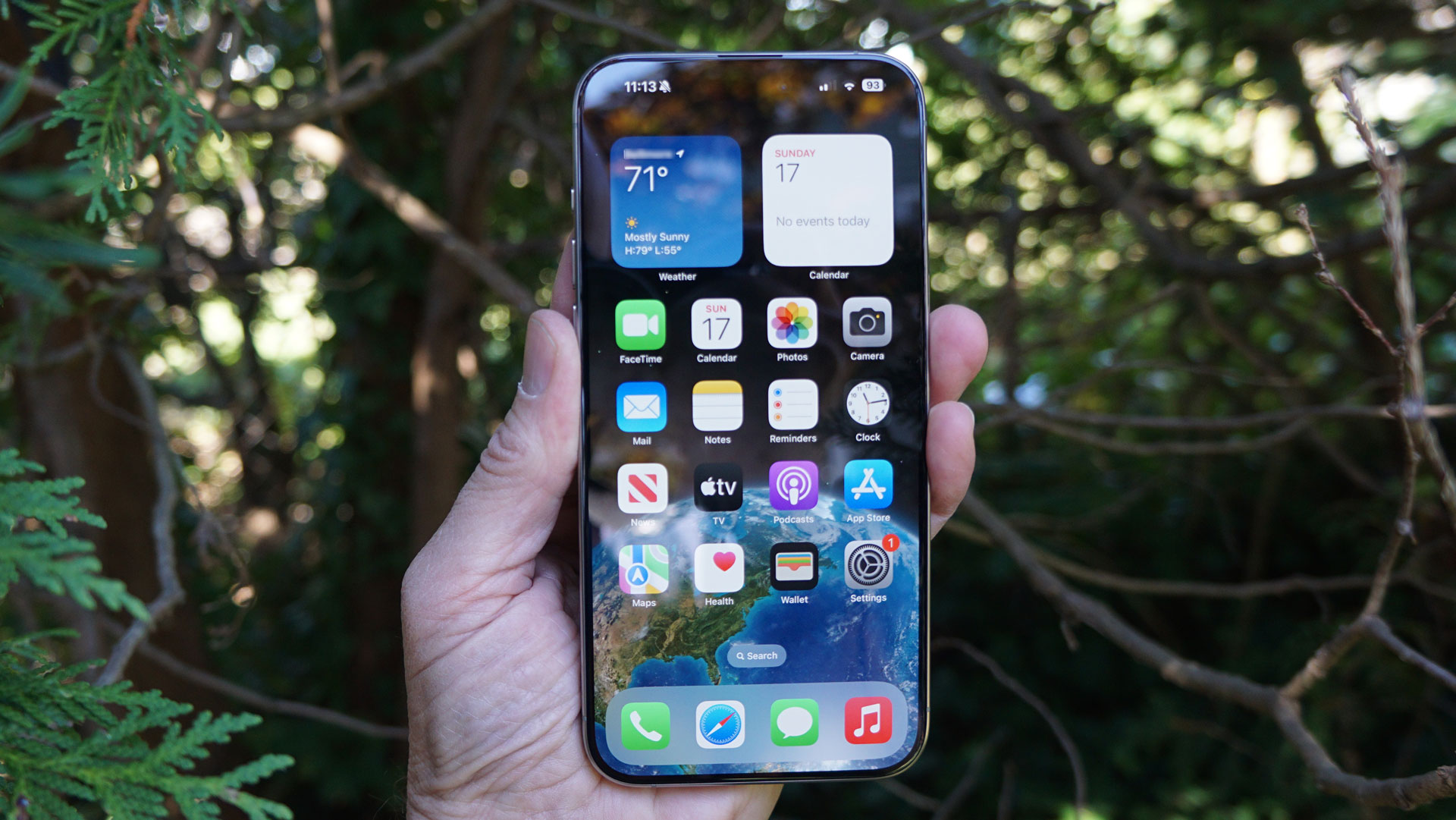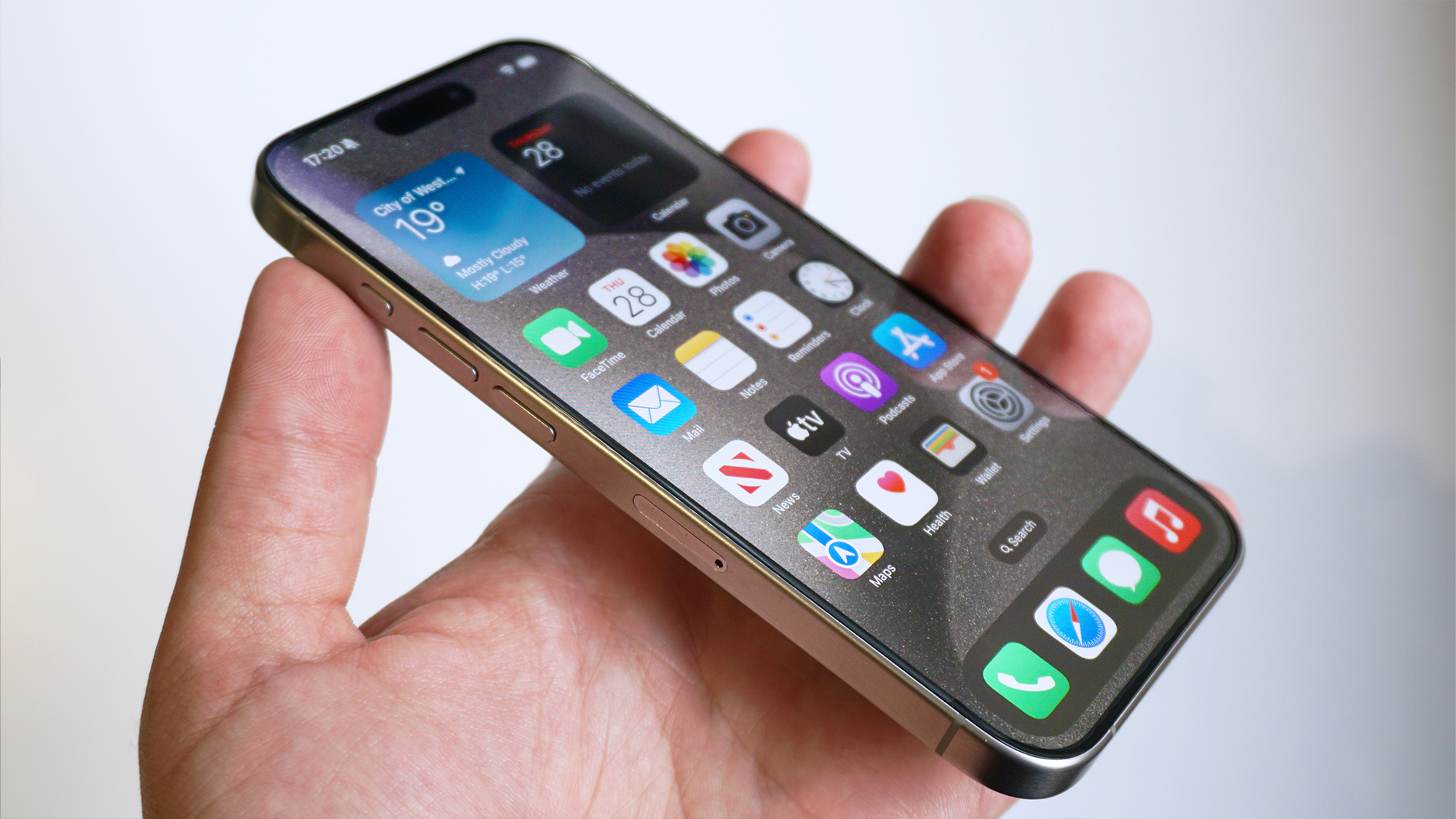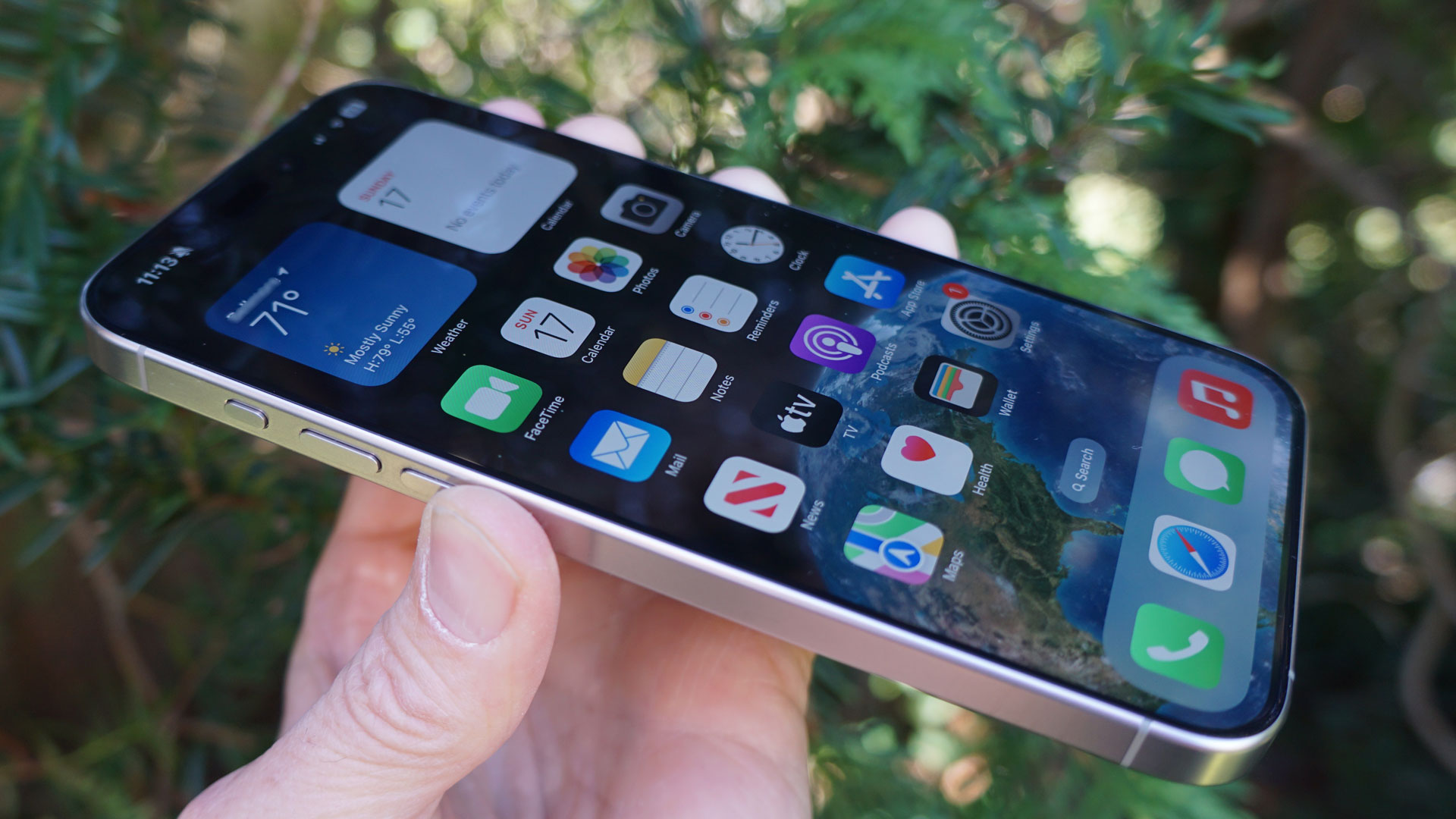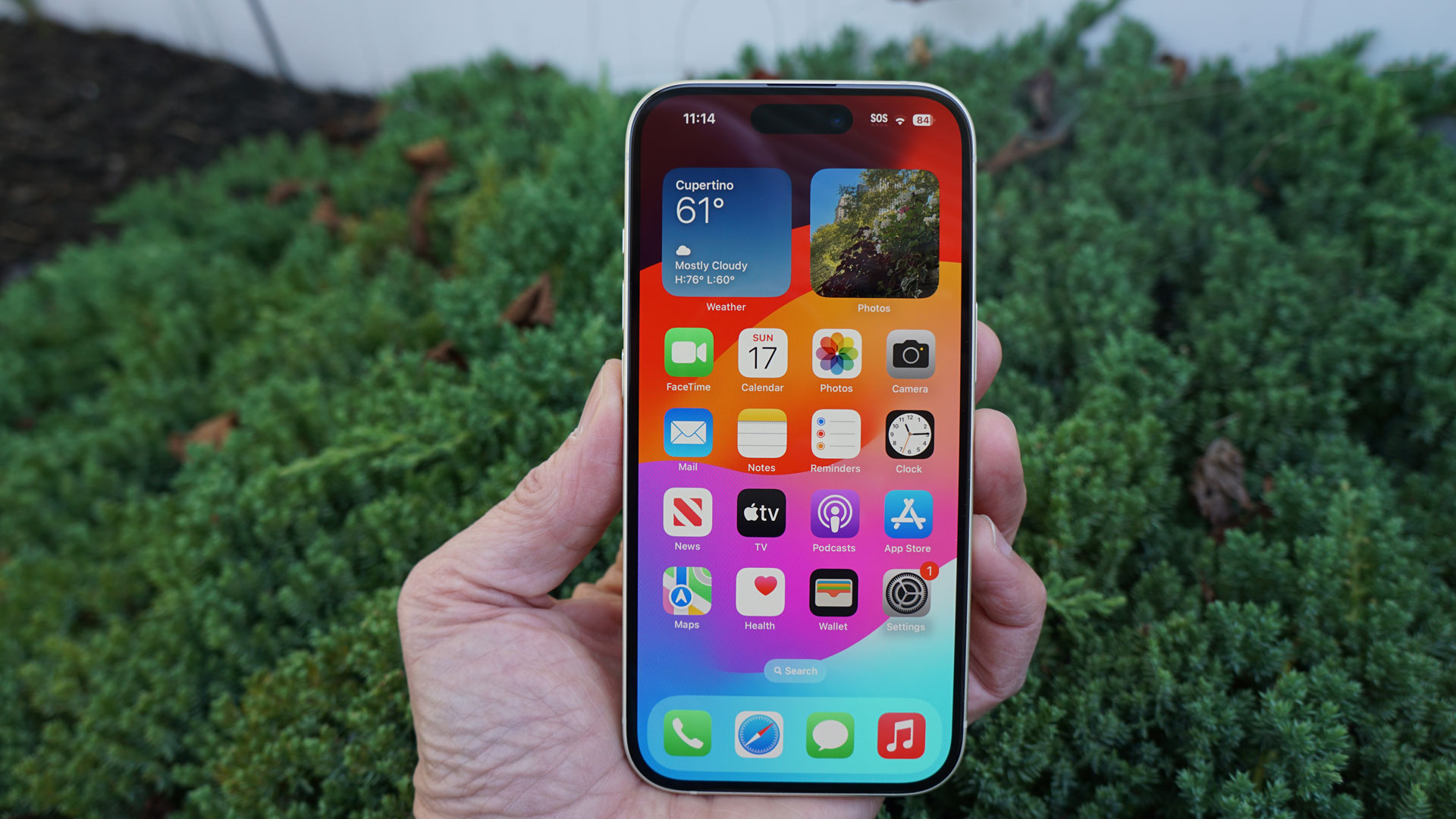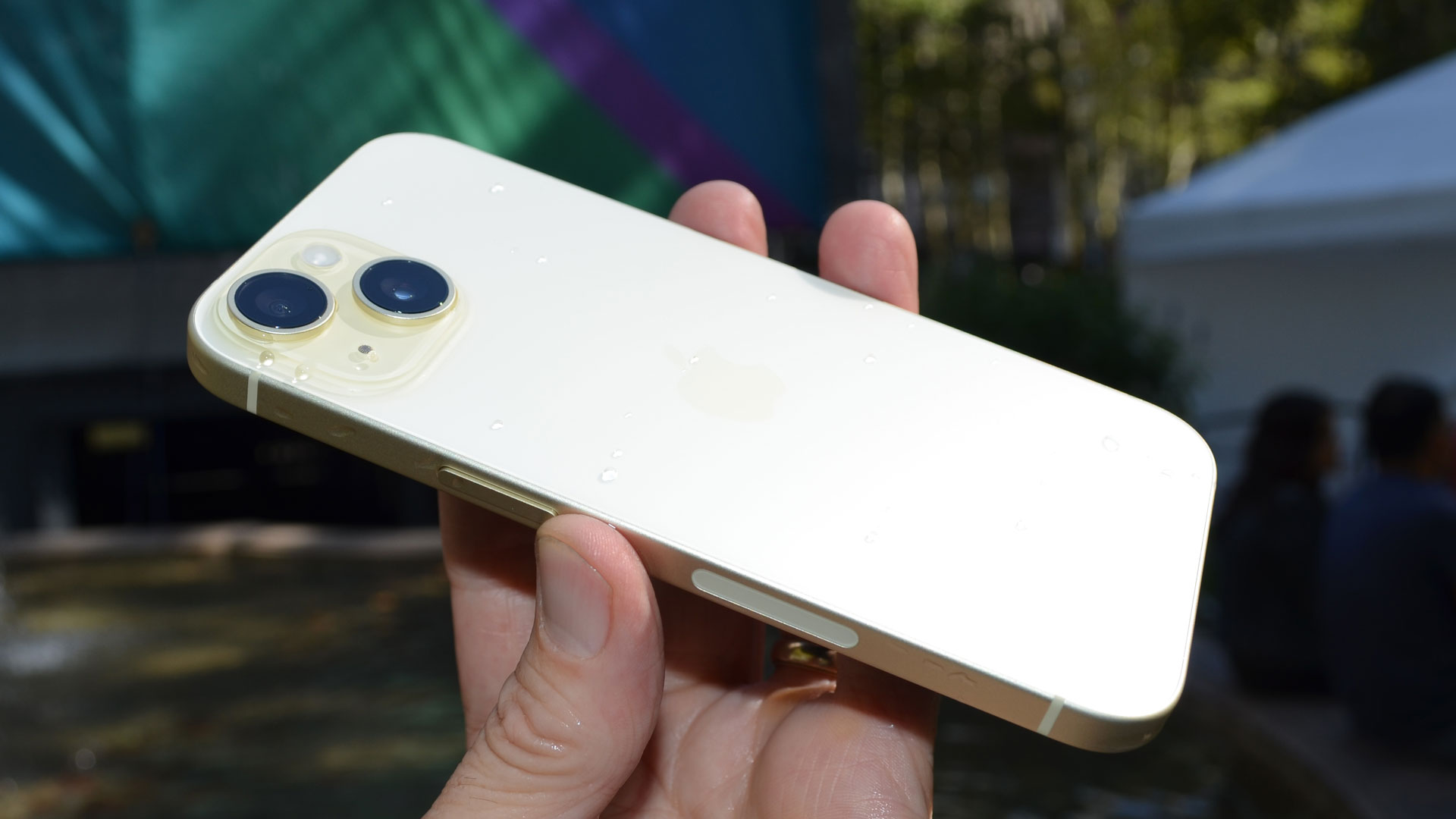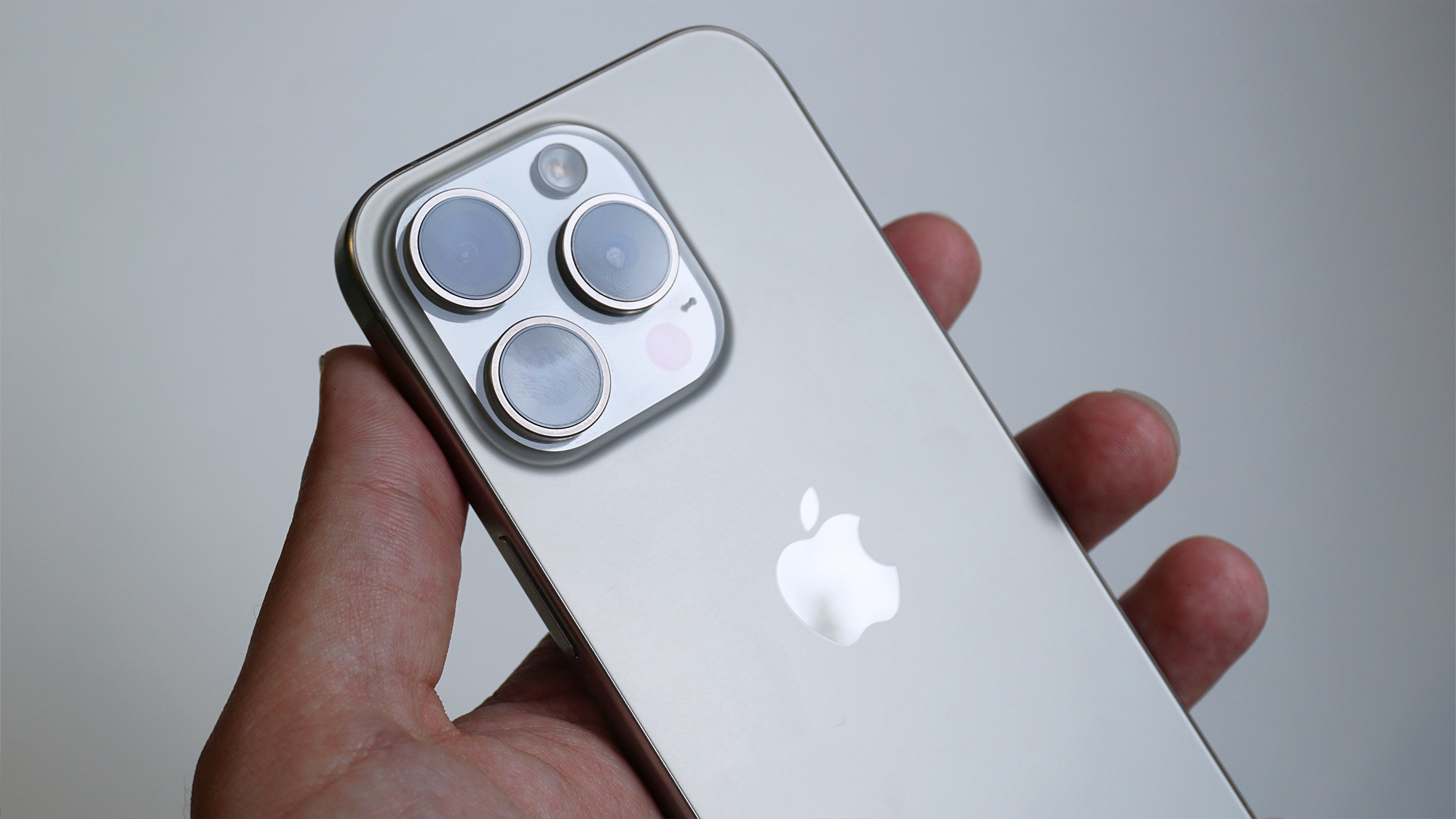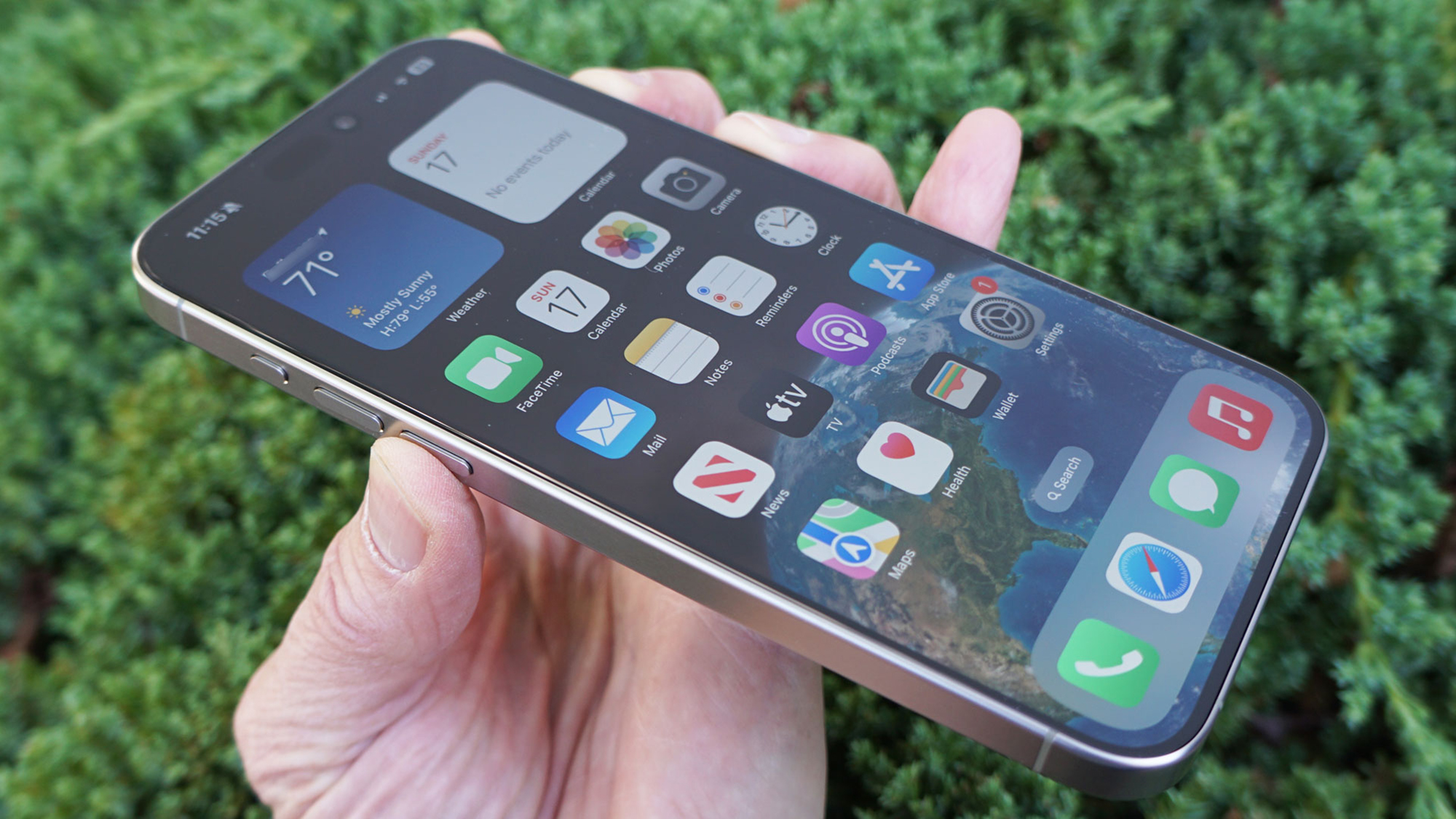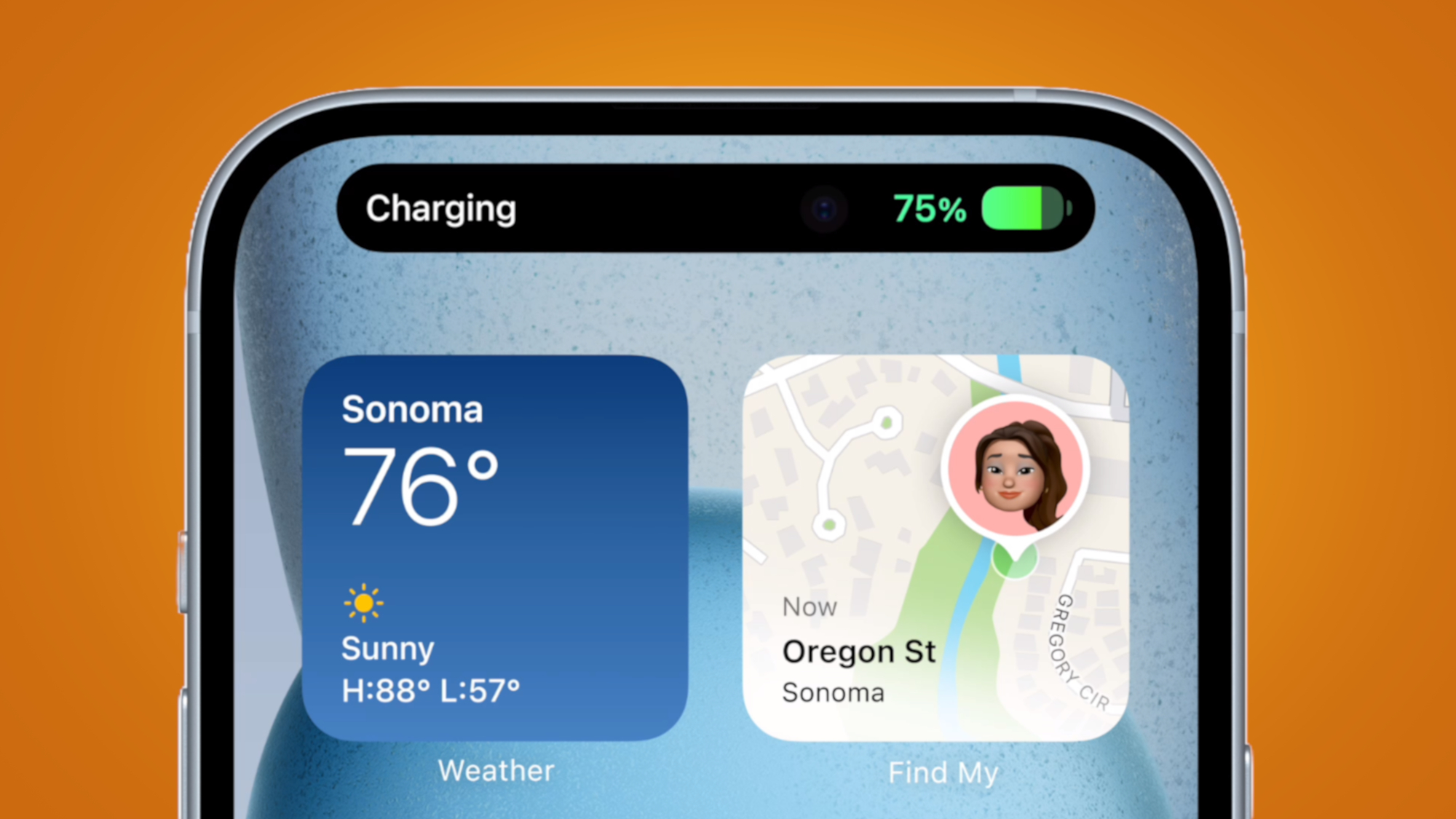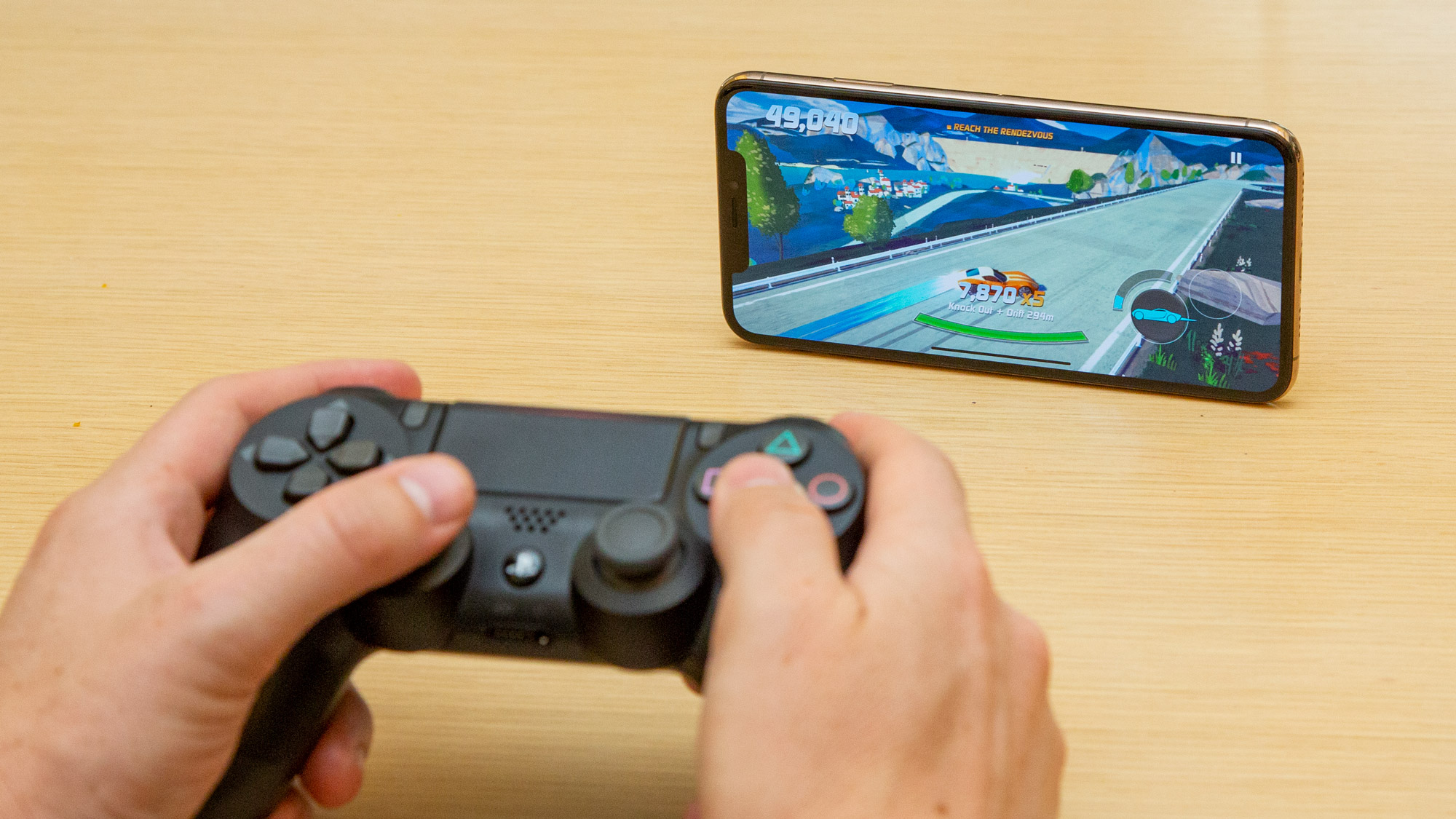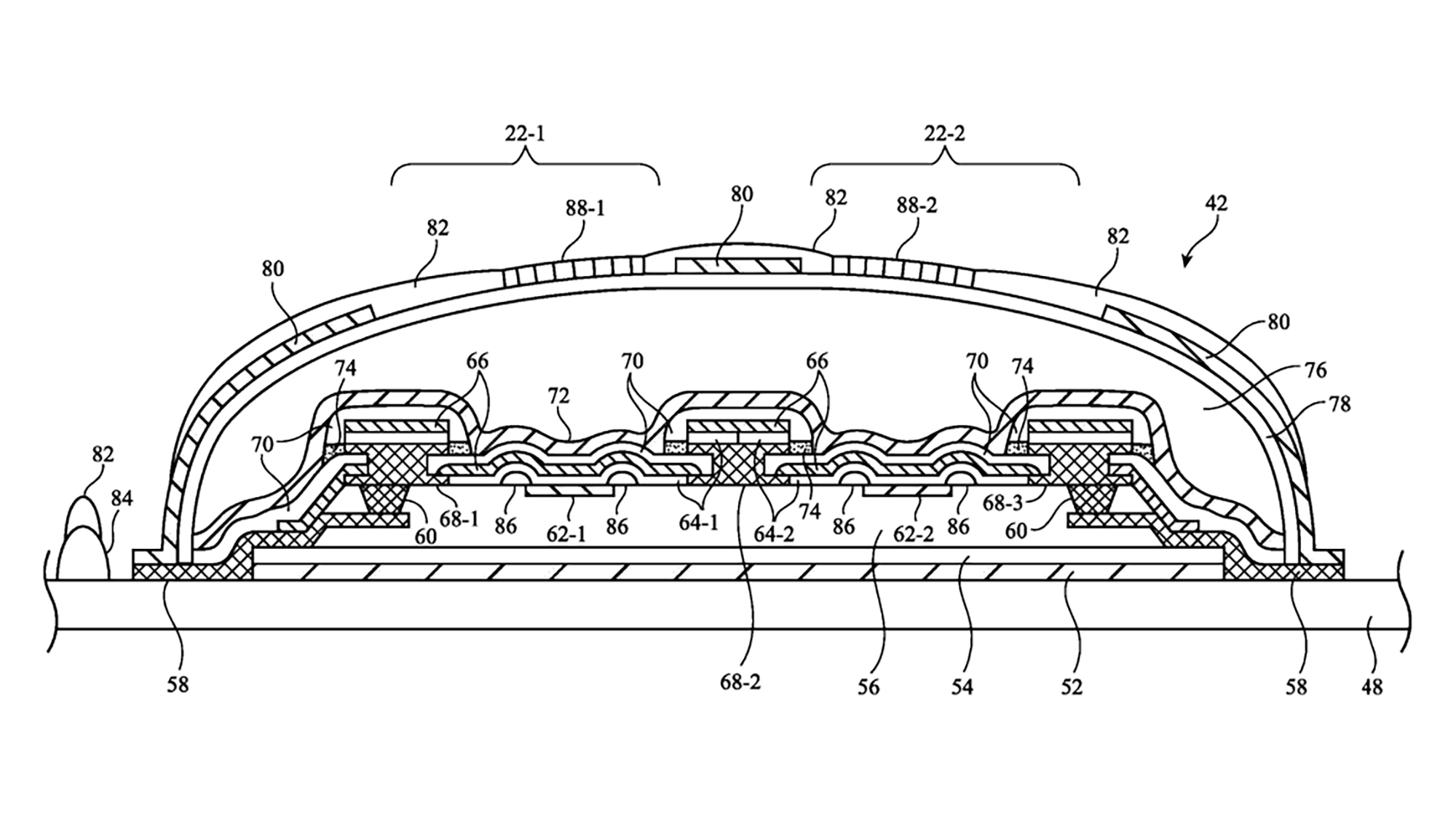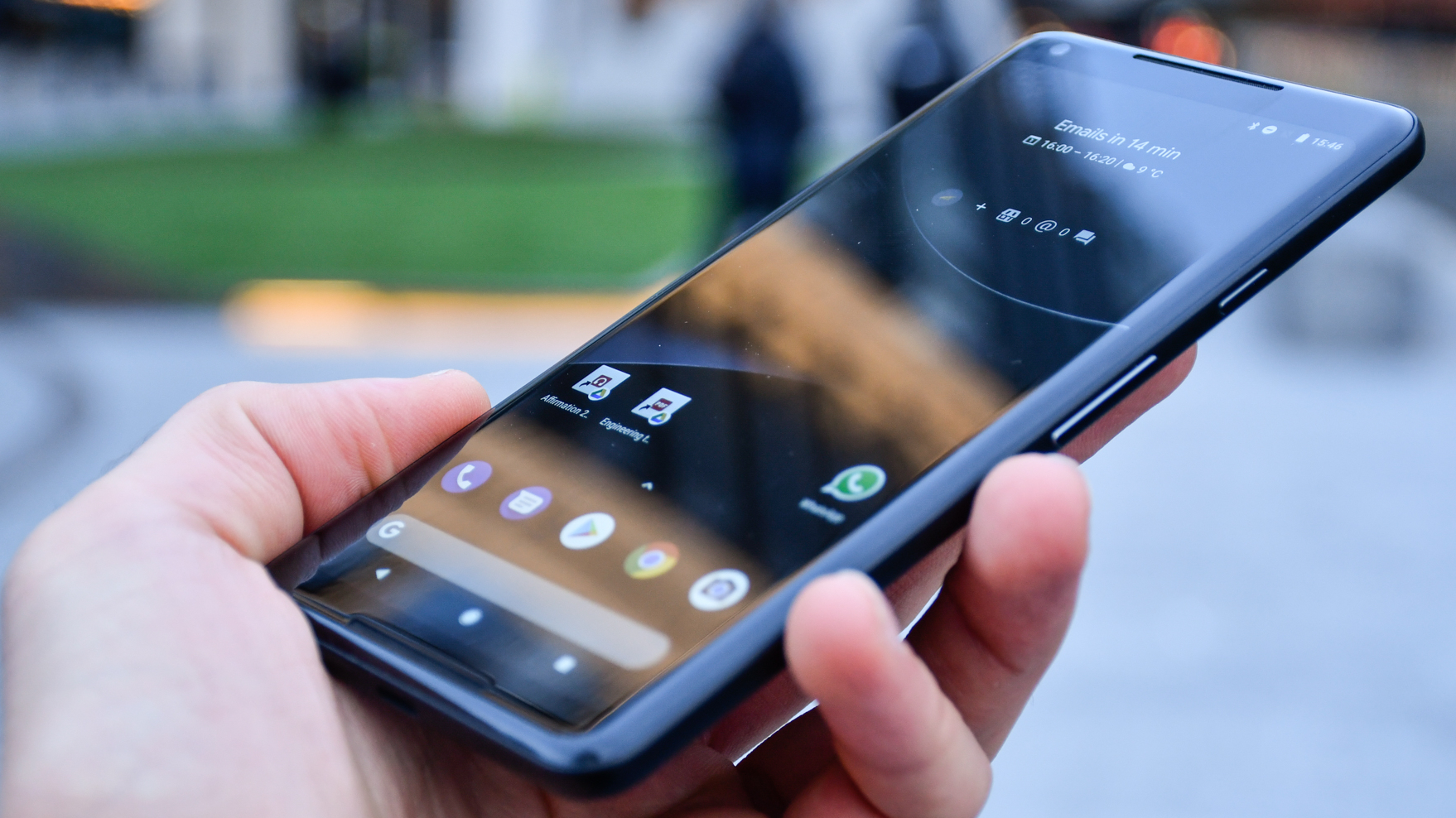Apple doesn’t overhaul the design of its phones with each new generation, but some years there are significant changes. So will we see major upgrades to the design for the iPhone 16 line?
Well, we can’t be certain yet, but based on leaks and rumors we can take a good guess, and it’s looking like there probably will be some moderate but not massive tweaks to the look of these phones, relative to the iPhone 15 series.
Below then, we’ve detailed exactly what we expect from the design of the iPhone 16, the iPhone 16 Plus, the iPhone 16 Pro, and the iPhone 16 Pro Max, based on everything we’ve heard so far – coupled with some educated guesses.
iPhone 16 design predictions
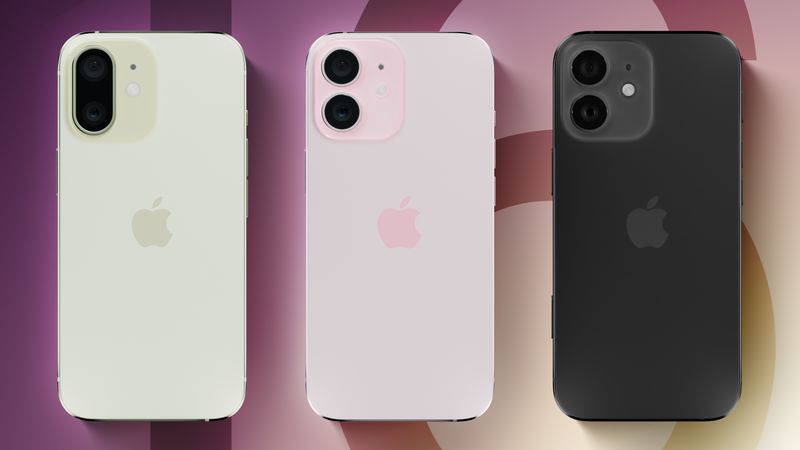
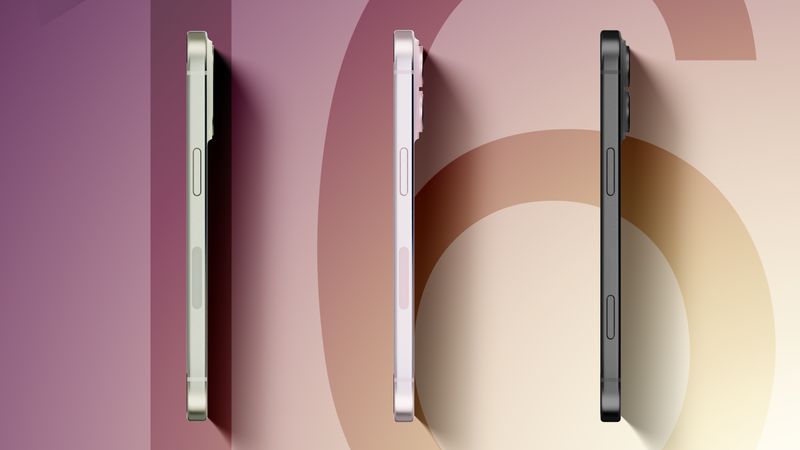
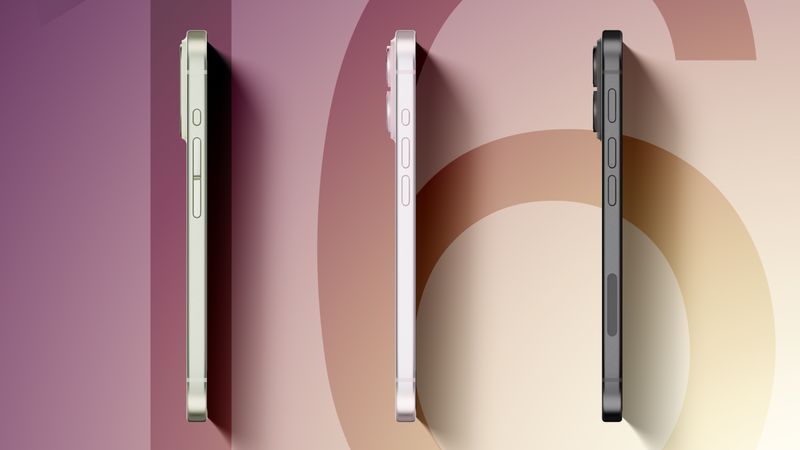
The most immediately obvious design change with the iPhone 16 could be to the rear cameras, with multiple leaks suggesting the two lenses on the back of the iPhone 16 will be arranged vertically rather than diagonally.
The other major change could come in the form of the available buttons, with both the iPhone 15 Pro’s Action button, and a new Capture button – which will reportedly be used for taking photos and shooting videos – rumored to be coming to the phone. The former would replace the mute switch on the left edge, while the latter seems set for the right edge, under the power key.
Some sources suggest the Capture button will by capacitive (also known as solid state) rather than physical, meaning it wouldn’t move when pressed, and would instead provide haptic feedback. In fact, there’s a chance that every button on every iPhone 16 model might be capacitive, but not all sources agree that we’ll see a shift away from mechanical buttons.
In any case, you can see images of the rumored design changes above, courtesy of MacRumors – it’s the phone in black that’s reportedly the design we’ll see.
You can also see that not much else seems to be changing, with the iPhone 16 likely to sport the same general shape as the iPhone 15, and likely similar dimensions too, as its screen is reportedly once again 6.1 inches.
For reference, the iPhone 15 is 147.6 x 71.6 x 7.8mm and 171g, so don’t be surprised if we see similar here.
iPhone 16 Plus design predictions
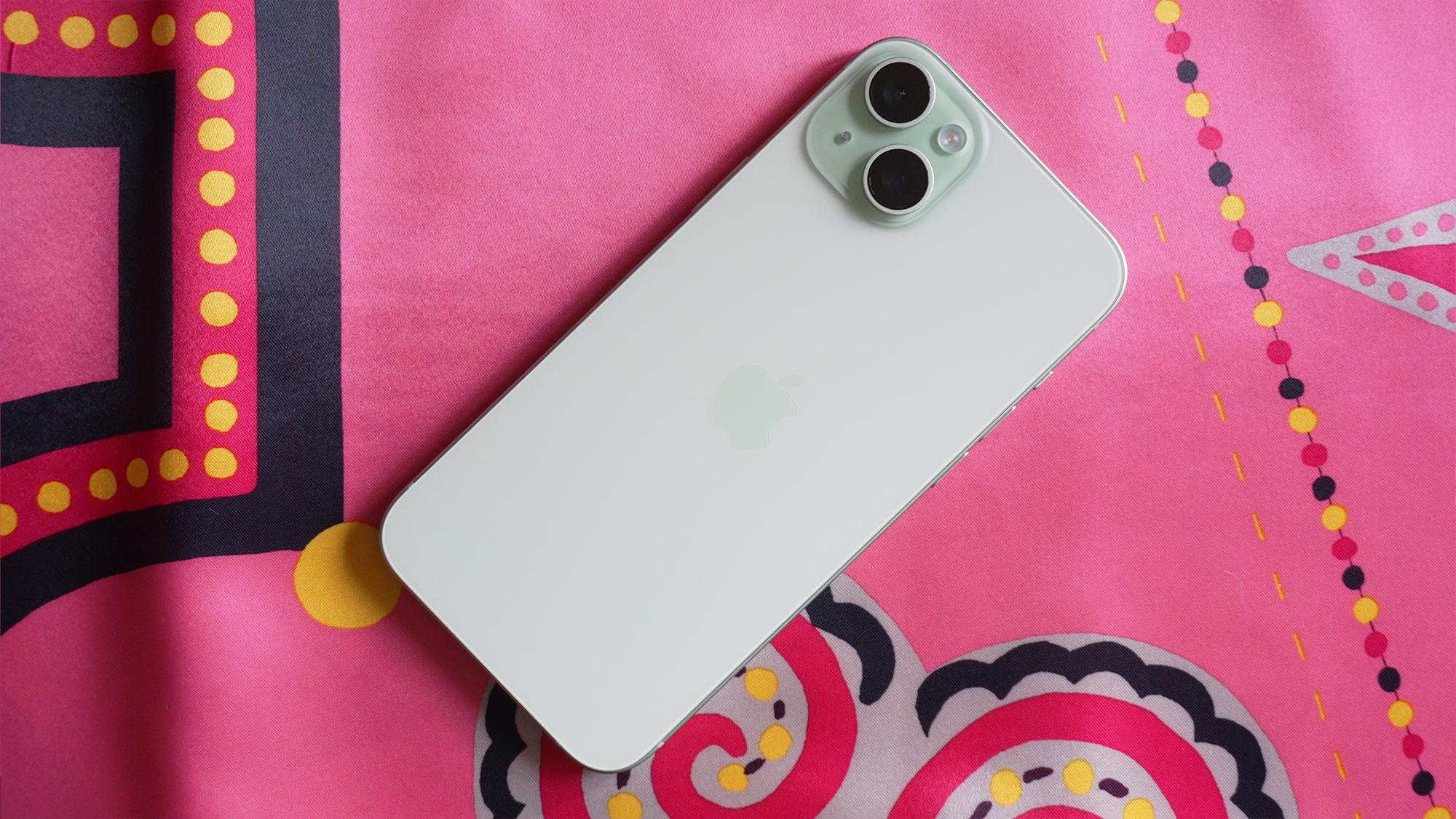
The iPhone 16 Plus is likely to have much the same design as the iPhone 16 – meaning that compared to the iPhone 15 Plus it will probably have a new camera design, with the lenses laid out vertically, and that it will likely also have two additional buttons – an Action button in place of a mute switch, and a Capture button under the power key.
Otherwise its design and dimensions will probably be similar to the iPhone 15 Plus, complete with a 6.7-inch screen – making it rather bigger than the standard iPhone 16.
As such, we’d expect its weight and dimensions to be similar to those of the iPhone 15 Plus, meaning around 160.9 x 77.8 x 7.8mm and 201g.
iPhone 16 Pro design predictions
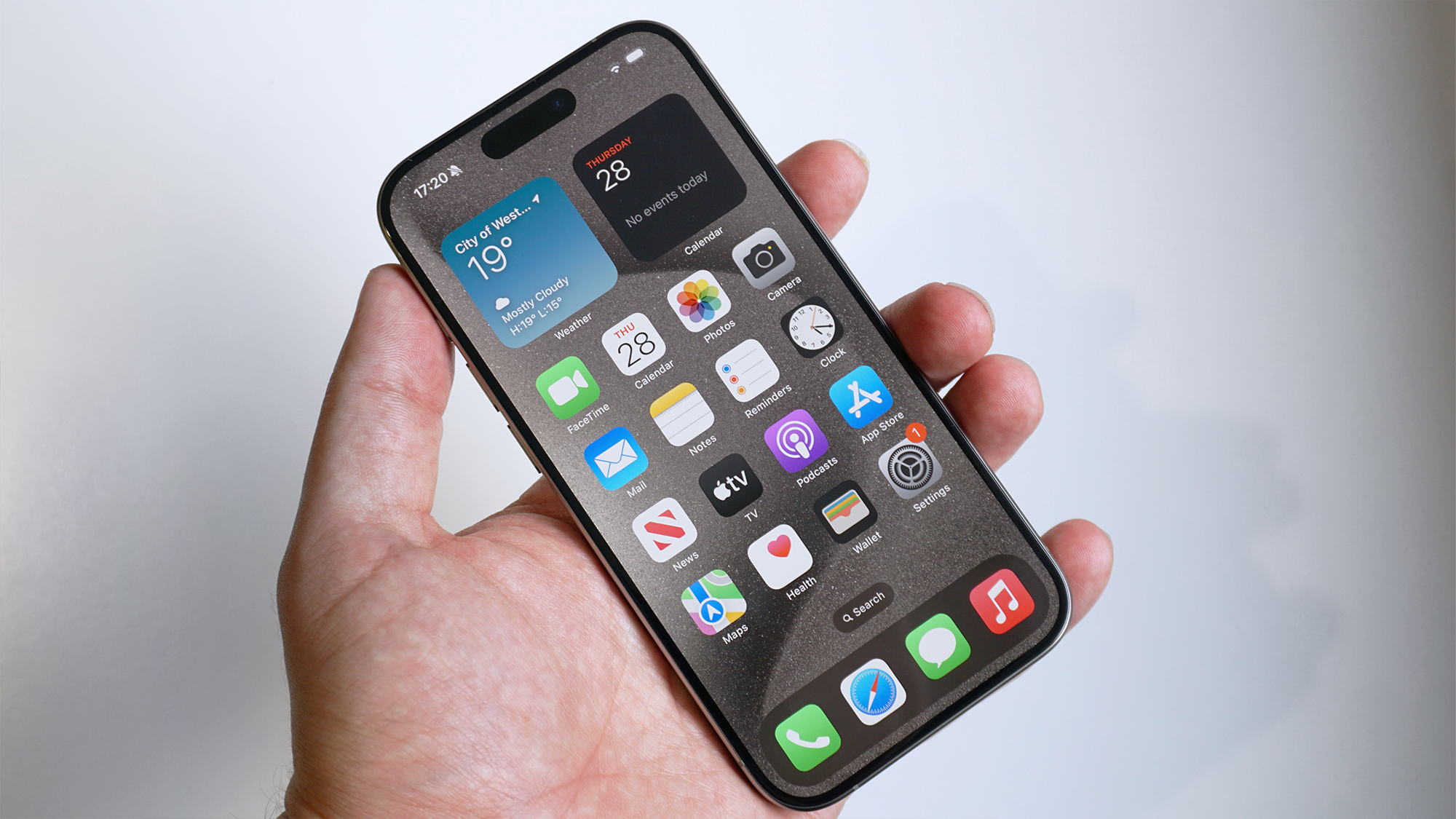
Unlike the standard and Plus models, the iPhone 16 Pro’s camera layout probably won’t be changing, but it will likely gain a Capture button beneath its power key.
And it could be in for other changes too, with reports suggesting the iPhone 16 Pro will have a larger 6.3-inch screen (up from 6.1 inches on the iPhone 15 Pro), and an aspect ratio of 19.6:9, rather than 19.5:9, making the iPhone 16 Pro taller and narrower than its predecessor.
As a result, its dimensions will presumably also differ from the 146.6 x 70.6 x 8.3mm iPhone 15 Pro, and we’d guess it will also weigh more than the 187g of that phone.
This aside, the overall appearance of the iPhone 16 Pro could be similar to the iPhone 15 Pro, complete with a titanium frame, though one reports suggests the Face ID components could be hidden under the screen, allowing for a smaller Dynamic Island. That said, this is an old leak, so we wouldn’t count on it.
Plus, the iPhone 16 Pro could have smaller bezels than the iPhone 15 Pro, with a leak suggesting they'll be 1.2mm, down from 1.71mm on the current model.
iPhone 16 Pro Max design predictions
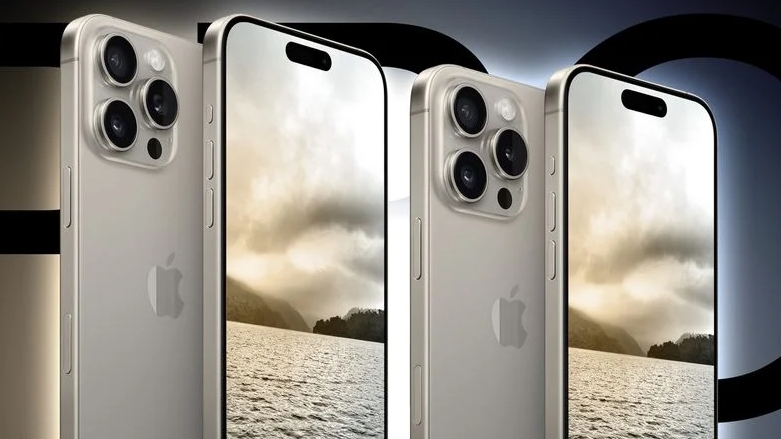
The iPhone 16 Pro Max will probably sport a similar design to the iPhone 16 Pro, complete with a new Capture button, a titanium frame, a new 19.6:9 aspect ratio, and possibly a smaller Dynamic Island than its predecessor.
However, it will probably have a bigger screen than either the 6.3-inch iPhone 16 Plus or the 6.7-inch iPhone 15 Pro Max, with leaks suggesting the iPhone 16 Pro Max will have a 6.9-inch display (or possibly a 6.86 or 6.883-inch one, but in any case it’s likely to be marketed at 6.9 inches).
We’ve also heard that the iPhone 16 Pro Max might have the thinnest bezels of any phone, at just 1.15mm.
One leak also states that the iPhone 16 Pro Max will have dimensions of 163.024 x 77.575 x 8.26mm. The iPhone 15 Pro Max for comparison has dimensions of 159.9 x 76.7 x 8.25mm. That would make the iPhone 16 Pro Max slightly taller, wider, and thicker than the current model.
There’s no word on what the iPhone 16 Pro Max will weigh, but given its rumored screen size increase it’s likely to weigh a little more than the 221g of the iPhone 15 Pro Max.
You can see how both the iPhone 16 Pro and the iPhone 16 Pro Max might look in an image from MacRumors above.
You might also like
- iPhone 16 specs predictions: everything we expect to see from every model
- iPhone 16 release date predictions: when is the iPhone 16 likely to launch?
- iPhone 16 price predictions: rumored prices for every model

